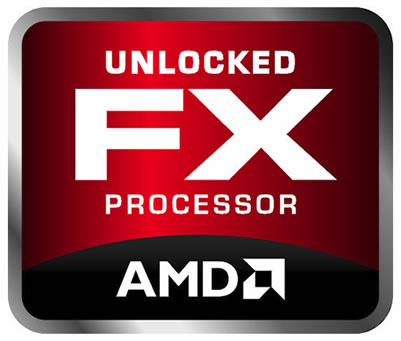It's been a long and arduous past few years for AMD's processor division as they've constantly been one step behind primary competitor Intel. The pain started back in 2006 when Intel launched its Core 2 Duo series, which disposed of the ill equipped Athlon64 X2 range.
With no immediate answer, AMD moved the Athlon64 X2 architecture to the 65nm design process, where they ended up with the Athlon 64 X2 6000+ clocked at 3.1GHz. However just as the Athlon64 X2 architecture was meeting the end of the road, AMD unleashed their long-awaited Phenom processors. By that time AMD was doing battle with a hardened Core 2 Quad range.
AMD struggled again as the new Phenom X4 processors didn't perform up to expectations. Yet this was the least of AMD's worries. Their latest creation was plagued by a design flaw that became famously known as the TLB Bug. The quick solution was to disable the CPU's L3 cache, a key feature that when disabled reduced performance further.
Around the same time AMD was dealing with the Phenom issues, Intel was ready to show their first Core i7 processors with the arrival of the Core i7-920, 940 and Core i7-965 Extreme Edition.

This is when the shift in AMD's strategy became more evident. Unable to compete for the performance crown, the company targeted their entire processor lineup toward mainstream markets. The Phenom II X4 920 and 940 Black Edition processors were released on January 2009. For $200 the X4 940 was the cheapest route to get your hands on a quad-core processor.
AMD has continued to improve the Phenom II range to this day, with the Phenom II X4 980 Black Edition leading the charge for the quad-cores, and the six-core Phenom II X6 1100T Black Edition remaining as the flagship offering. The Phenom II has had to deal with the Intel Core i7 on multiple platforms, as well as the Core i5 and Core i3 processors, for almost 3 years now.
After all this time, is the pain finally coming to an end for AMD? A code-name has been tossed around for years now that is meant to do exactly that, that name is Bulldozer. Today AMD is launching its new FX processor lineup comprised of the flagship FX-8150 along with the FX-8120, FX-6100 and FX-4170 processors.

The Bulldozer desktop processors are based on the "Zambezi" 32nm architecture and will feature up to 8-cores. This means AMD is featuring the world's first 8-core desktop solution that's been designed from the ground up.
For better or for worse, AMD doesn't seem completely interested in charging for the performance crown. Eight cores or not, AMD will keep working the value angle by delivering processors that provide unbeatable bang for your buck. The fastest of the bunch, the FX-8150 will retail for $245, making it 20+% cheaper than the popular Sandy Bridge-based Core i7-2600K.
Keep reading as we explore the inner details of AMD's new FX series and we benchmark all four new processors being launched today.
